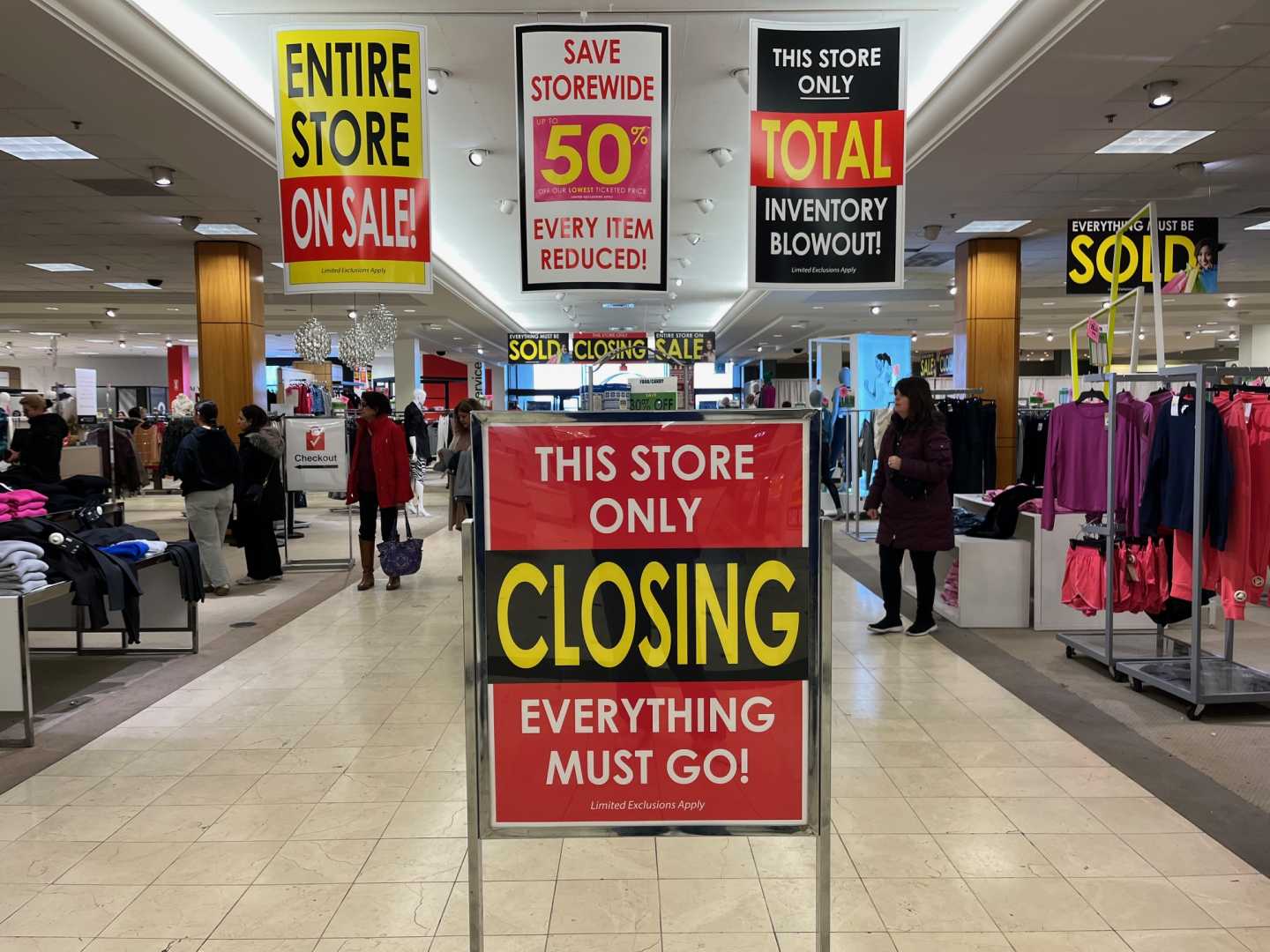Business
Macy’s to Close 66 Stores Amid Retail Challenges

NEW YORK, NY — Macy’s has announced plans to close 66 of its locations this year as part of a broader strategy to adapt to shifting retail dynamics. This decision reflects the economic pressures facing consumers, who are increasingly spending less in department stores.
The closures, set to occur primarily in the first quarter, come as Macy’s looks to consolidate its operations and focus on its remaining 350 stores across the country. “We are taking steps to streamline our business and better align with customer shopping preferences,” said CEO Tony Spring.
The locations being shut down will affect many communities, with some shoppers in West Orange, New Jersey facing travel distances to the nearest store after their local Macy’s shuts its doors. In nearby Wayne, three stores remain open for customers seeking in-person shopping experiences.
Other notable closures include the historic Macy’s store in the Wanamaker Building in Philadelphia, which has been a retail landmark for nearly 150 years. Its closure has raised concerns among local shoppers about the loss of such an iconic department store.
In Michigan, hundreds of employees are expected to lose their jobs due to the impending closures. “Our team members are at the forefront of everything we do, and we regret the impact this reorganization has on them,” said Spring.
Despite the challenging circumstances, Macy’s remains commited to improving the shopping experience. According to Spring, feedback from customers highlighted the need for better merchandise assortments and improved services. “Listening to our customers is crucial to our strategy moving forward,” he added.
As part of its “Bold New Chapter” initiative, Macy’s aims to reinvest the resources saved from these closures back into its remaining stores. This includes enhancing the supply chain to ensure quicker deliveries and more efficient service.
The retail landscape is rapidly changing, with other major department stores like Kohl’s and JCPenney also announcing closures in recent months. The overall number of closings could indicate a significant shift in how consumers shop and the viability of traditional department stores in urban shopping environments.












